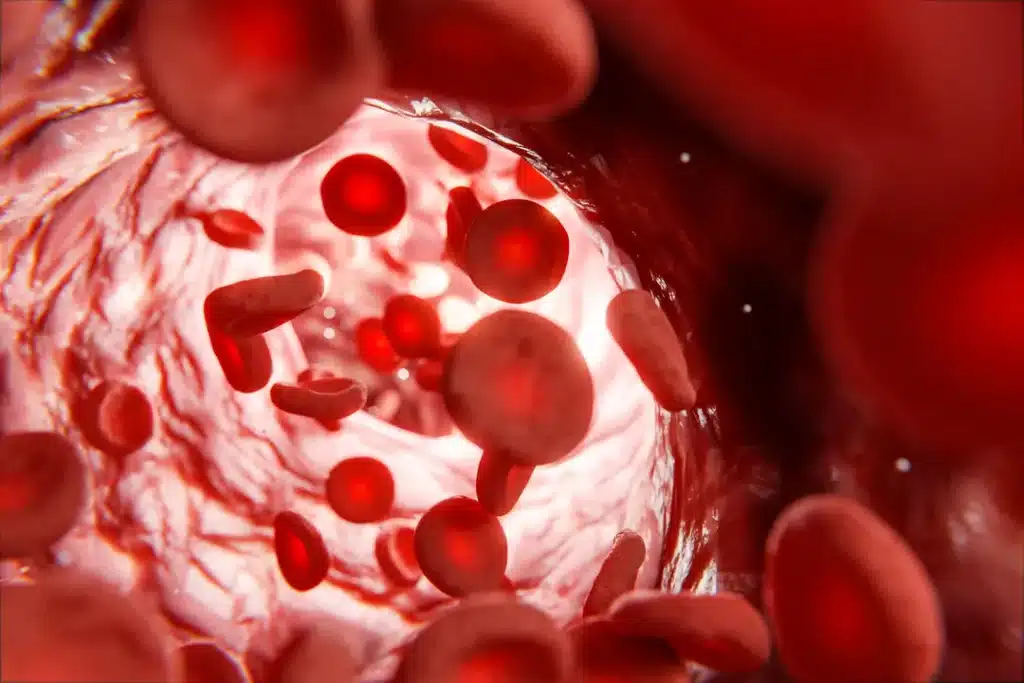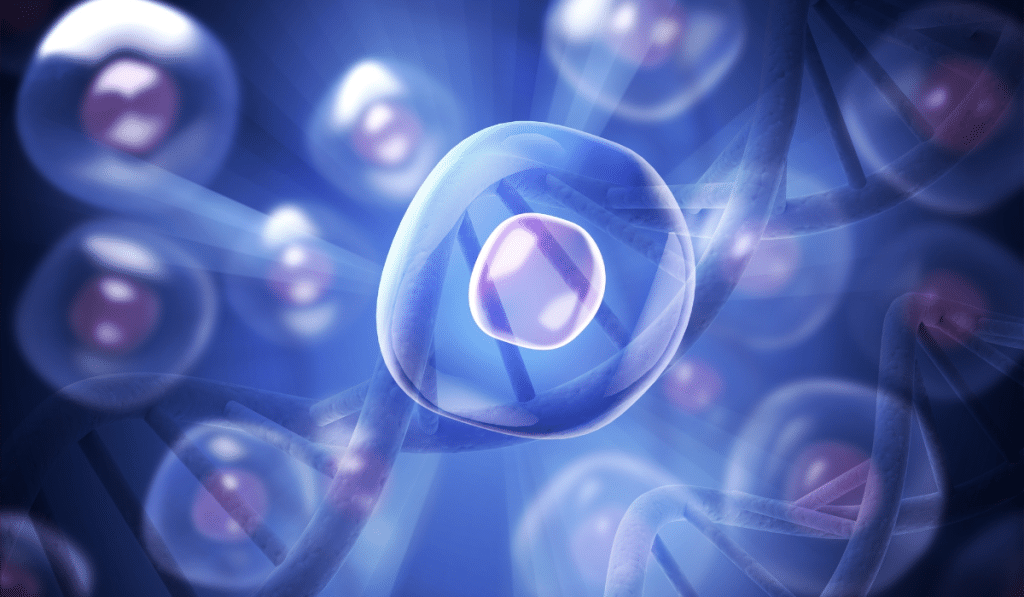Did You Know? Cord Blood Stem Cells Can Treat Over 80 Diseases*
Table of Contents

Cord blood banking has gained traction as more families choose to preserve this rich biological resource for the future. The stem cells in cord blood have been used in the treatment of over 80 diseases*, particularly in blood, immune, and certain genetic disorders.
This article aims to raise awareness of the therapeutic potential of cord blood stem cells by showcasing some examples of the diseases that have been treated using this valuable source.
Common diseases that use stem cells in the cord blood to treat
1. Blood Cancers (Leukemia & Lymphoma)
– Acute Lymphoblastic Leukemia (ALL)
– Acute Myeloid Leukemia (AML)
– Chronic Myeloid Leukemia (CML)
– Hodgkin’s Lymphoma
– Non-Hodgkin’s Lymphoma
2. Bone Marrow Failure Syndromes
– Aplastic Anemia
– Fanconi Anemia
– Myelodysplastic Syndromes (MDS)
3. Hemoglobin Disorders (Red Blood Cell Diseases)
– Sickle Cell Anemia
– Beta-Thalassemia Major
4. Immune System Disorders
– Severe Combined Immunodeficiency (SCID) (Bubble Boy Syndrome)
– Wiskott-Aldrich Syndrome
– Chronic Granulomatous Disease
5. Inherited Metabolic Disorders
– Hurler Syndrome (MPS I)
– Krabbe Disease
– Metachromatic Leukodystrophy (MLD)
– Adrenoleukodystrophy (ALD)

Understanding Stem Cell Therapy
How Stem Cells Work
Stem cells have the unique ability to transform into various specialized cell types. In the case of cord blood, hematopoietic stem cells (HSCs)1 regenerate blood, immune, and other vital cells, making them useful in cellular therapies and transplants.
Types of Stem Cells
– Hematopoietic Stem Cells (HSCs): Found in cord blood, bone marrow, and peripheral blood; used to regenerate the blood system.
– Mesenchymal Stem Cells (MSCs): Found in bone marrow and umbilical cord tissue; useful for structural tissues like cartilage and bone.
Benefits of Cord Blood Stem Cells
Why Cord Blood?
Cord blood is collected painlessly after birth and is immediately cryopreserved for long-term storage. It offers an accessible and reliable source of stem cells, especially in emergencies where a compatible donor must be found quickly.
More details: Advantages of Cord Blood Banking
Advantages Over Other Sources
– Less stringent matching required compared to bone marrow
– Lower risk of complications, such as graft-versus-host disease (GvHD)
– Easier and safer collection—no pain or risk to the baby or mother
– Cryopreserved and ready for immediate use when needed
– Privately stored cord blood ensures availability for your family
Uses of Cord Blood Stem Cells
Clinical trials2 have explored the use of cord blood stem cells for treating both autism and cerebral palsy. For autism, a Phase I/II trial investigated the safety and efficacy of transplanting human cord blood mononuclear cells (CBMNCs) and umbilical cord-derived mesenchymal stem cells (UCMSCs), showing no significant safety issues and some behavioral improvements (PubMed)3. For cerebral palsy, a Phase I trial examined the infusion of sibling cord blood cells into children, finding it relatively safe with minor adverse reactions and improvements in motor function (PubMed)4. Additionally, a Phase II trial on autologous cord blood infusion in children with spastic cerebral palsy showed that higher doses led to significant improvements in motor skills (ScienceDaily). These studies suggest promising potential, though further research is needed to fully establish their effectiveness.
The Importance of Cord Blood Storage
The importance of cord blood storage goes beyond its life-saving potential — it lies in how well it’s preserved. Rich in stem cells that can treat various blood and immune disorders, cord blood holds incredible medical value. However, that value depends entirely on how it’s collected, handled, and stored over time. At StemCord, we uphold the high standards of safety, reliability, and long-term preservation — so you can secure your baby’s future with confidence and peace of mind.
Reference
- * https://parentsguidecordblood.org/en/diseases
-
1 Ji Yoon Lee, Seok-Ho Hong.
Hematopoietic Stem Cells and Their Roles in Tissue Regeneration
View on Publisher -
2 Joanne Kurtzberg, Geraldine Dawson.
Results from the Duke ACT Study of Cord Blood for Autism: Highlights for Parents
View on Publisher -
3 Kylie Crompton, Iona Novak, Michael Fahey, Nadia Badawi, Katherine J Lee, Francoise Mechinaud-Heloury, Priya Edwards, Paul Colditz, Trisha Soosay Raj, Janet Hough, Xiaofang Wang, Simon Paget, Kuang-Chih Hsiao, Peter Anderson, Dinah Reddihough.
Safety of sibling cord blood cell infusion for children with cerebral palsy
View on Publisher -
4 Yong-Tao, Yun Zhang, Min Liu, Jia-na-ti Qiuwaxi, Paul Ashwood, Sungho Charles Cho, Ying Huan, Ru-Cun Ge, Xing-Wang Chen, Zhao-Jing Wang, Byung-Jo Kim, Xiang Hu.
Transplantation of human cord blood mononuclear cells and umbilical cord-derived mesenchymal stem cells in autism
View on Publisher
Frequently Asked Questions
Cord blood is currently used in treatments for blood disorders, immune deficiencies, and some metabolic conditions. Ongoing studies are exploring its role in regenerative medicine, including conditions like cerebral palsy and Type 1 diabetes.
Over 80 diseases* have seen treatments involving cord blood stem cells, including leukemias, lymphomas, and rare genetic conditions. Each treatment is assessed individually by a qualified medical team.
Yes, like any medical procedure, stem cell therapy carries potential risks, including rejection or complications. However, the use of autologous cord blood — cells from the same individual — may reduce some risks due to better compatibility.
Advancements in stem cell expansion, gene editing, and precision medicine could significantly broaden the scope of cord blood usage — improving treatment success and enabling therapies for a wider range of diseases.
Ongoing clinical trials around the world continue to explore these promising frontiers.

 See more blogs
See more blogs